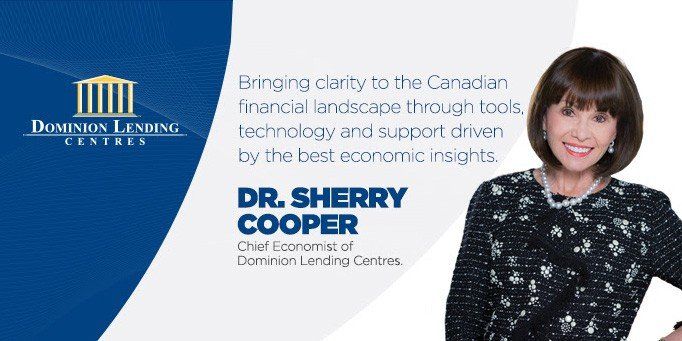Bank of Canada On Sidelines, As Expected
BOC Will Raise Rates Only Cautiously
The Bank of Canada held overnight interest rates at 1.0% following two consecutive rate hikes at the July and September meetings. It was widely expected that the Bank would take a breather this round. The central bank also released its quarterly Monetary Policy Report (MPR) today, in which it forecast that growth would be 3.1% this year, 2.1% in 2018 and 1.5% in 2019. The rapid pace of economic growth over the past four quarters surprised the Bank on the high side. Going forward, the Bank forecasts GDP to moderate to a more sustainable pace.
Exports and business investment are expected to contribute to growth over the forecast horizon. In contrast, “housing and consumption are forecast to slow in light of policy changes affecting housing markets and higher interest rates.” The Bank went on to say that “because of high debt levels, household spending is likely more sensitive to interest rates than in the past.” I would go one step further and suggest that higher sensitivity to interest rates is all the more so because of the OSFI stress testing of borrowers at 200 basis points above current contract mortgage rates.
The central bank continues to expect global growth to average roughly 3.5% over the 2017- 2019 period, noting that uncertainty remains high regarding geopolitical developments and fiscal and trade policies. Notably, the renegotiation of NAFTA will have a meaningful impact on the economies of North America, but given the uncertainty, the Bank economists have left this factor out of the base case projection.
Measures of core inflation have edged up as expected, but the Bank now forecasts that inflation will rise to 2% in the second half of 2018, which is a bit later than anticipated in the July MPR reflecting the recent strength in the Canadian dollar.
Business investment contributes to increases in capacity and productivity; hence the Bank of Canada now assumes that annual growth of potential output is 1.5% over 2018-19, which is slightly above the assumption since April 2017. How fast the economy can grow without triggering inflation is a big issue these days. The central bank will publish a full reassessment of this critical point in April 2018. The higher the level of potential growth, the lower the estimated level of the “neutral” nominal policy rate–the level of the overnight rate that is consistent with the Bank’s target of 2% inflation. The Governing Council of the Bank of Canada now estimates the neutral rate to be between 2.5% and 3.5%. The Bank’s economic projection is based on the midpoint of this range– 3.0%. In other words, the Governing Council of the Bank of Canada estimates that it will ultimately raise the policy rate from the current level of 1.0% by 200 basis points to 3.0% once the economy is at full employment. That is a substantial proportional jump in rates, which would undoubtedly slow interest-sensitive spending, and nothing is more interest-sensitive than housing. Which makes you wonder why the financial institutions’ regulator (OSFI) has been so intent on further tightening mortgage credit conditions.
The tone of today’s policy statement was decidedly more dovish–cautious about future rate hikes–than in July and September. Why is that? Firstly, the Bank came under a good deal of criticism for hiking rates more rapidly than expected, reversing the two rate cuts implemented (unexpectedly) in 2016. Secondly, the Bank sees significant risks to the outlook. These risks are delineated in the MPR as follows:
- A shift toward greater protectionist trade policies in the U.S. that weaken Canadian exports
- A more substantial impact of structural factors (Internet, digitization, robots) and prolonged excess supply on inflation (higher potential growth)
- Stronger real GDP growth in the U.S. (owing to prospective deregulation and tax cuts)
- Stronger consumption and rising household debt in Canada
- A pronounced drop in house prices in overheated markets
The Bank of Canada sees the risks to the inflation outlook as balanced–in other words, it is just as likely for inflation to move above forecasted levels as below them. Hence, the Bank will be cautious in raising interest rates in the future and their actions will be data dependent. In their words, “while less monetary policy stimulus will likely be required over time, Governing Council will be cautious in making future adjustments to the policy rate. In particular, the Bank will be guided by incoming data to assess the sensitivity of the economy to interest rates, the evolution of economic capacity, and the dynamics of both wage growth and inflation. “
This post was written by Dr. Sherry Cooper, Chief Economist, Dominion Lending Centres. It was originally published here.




